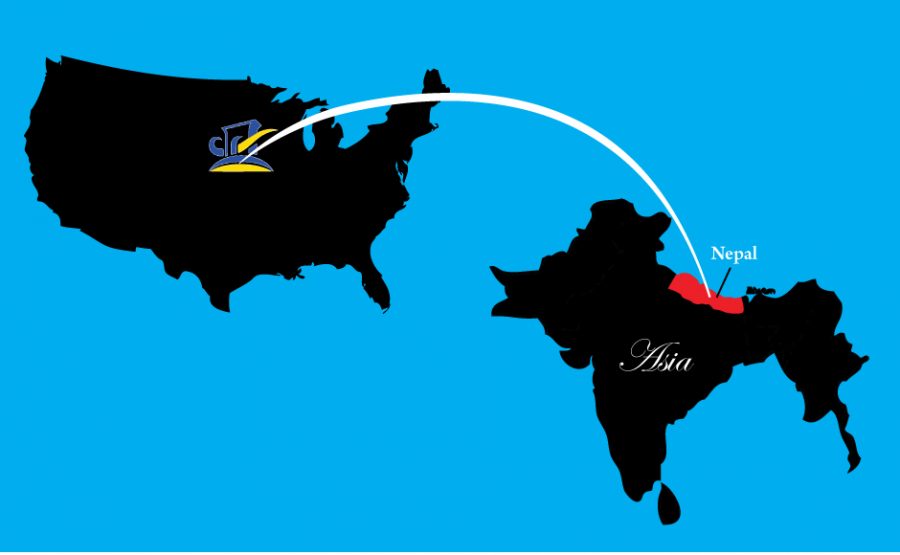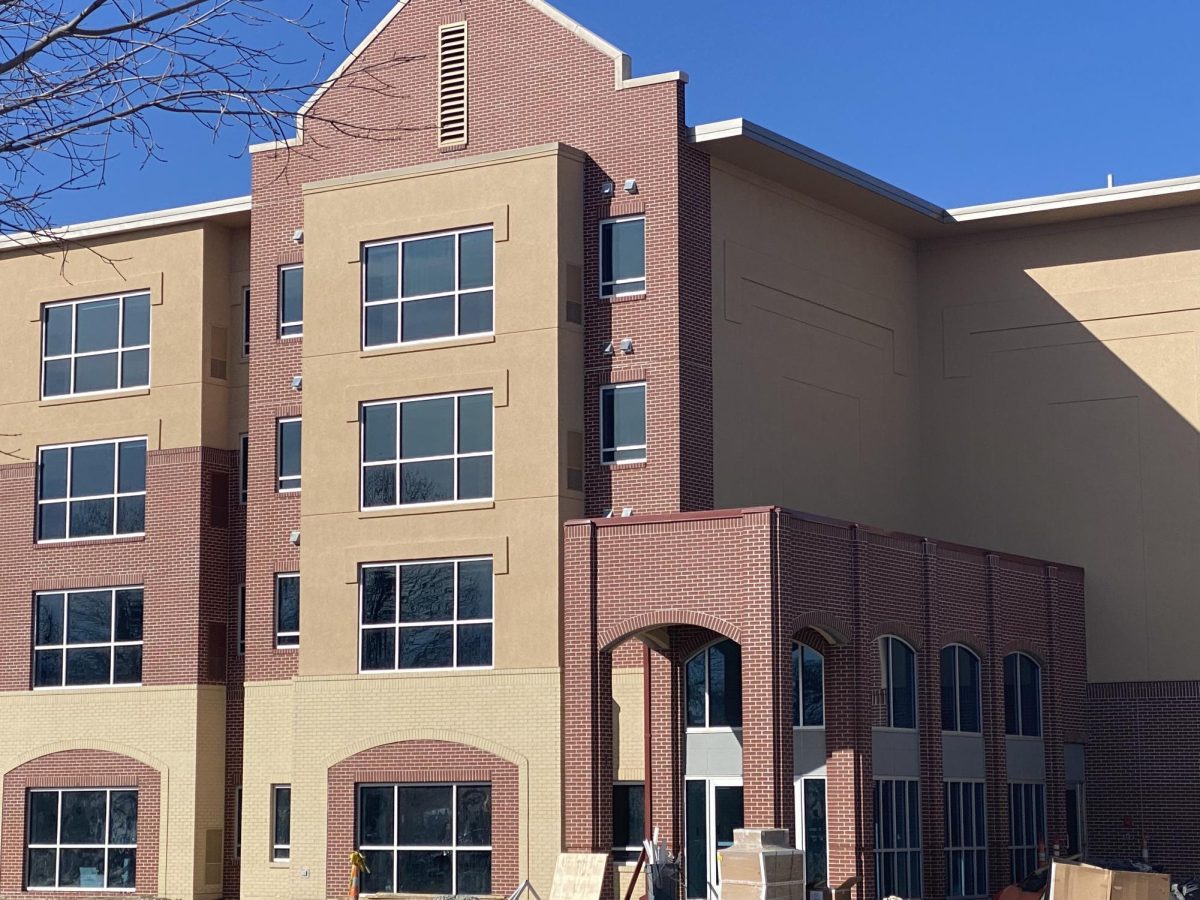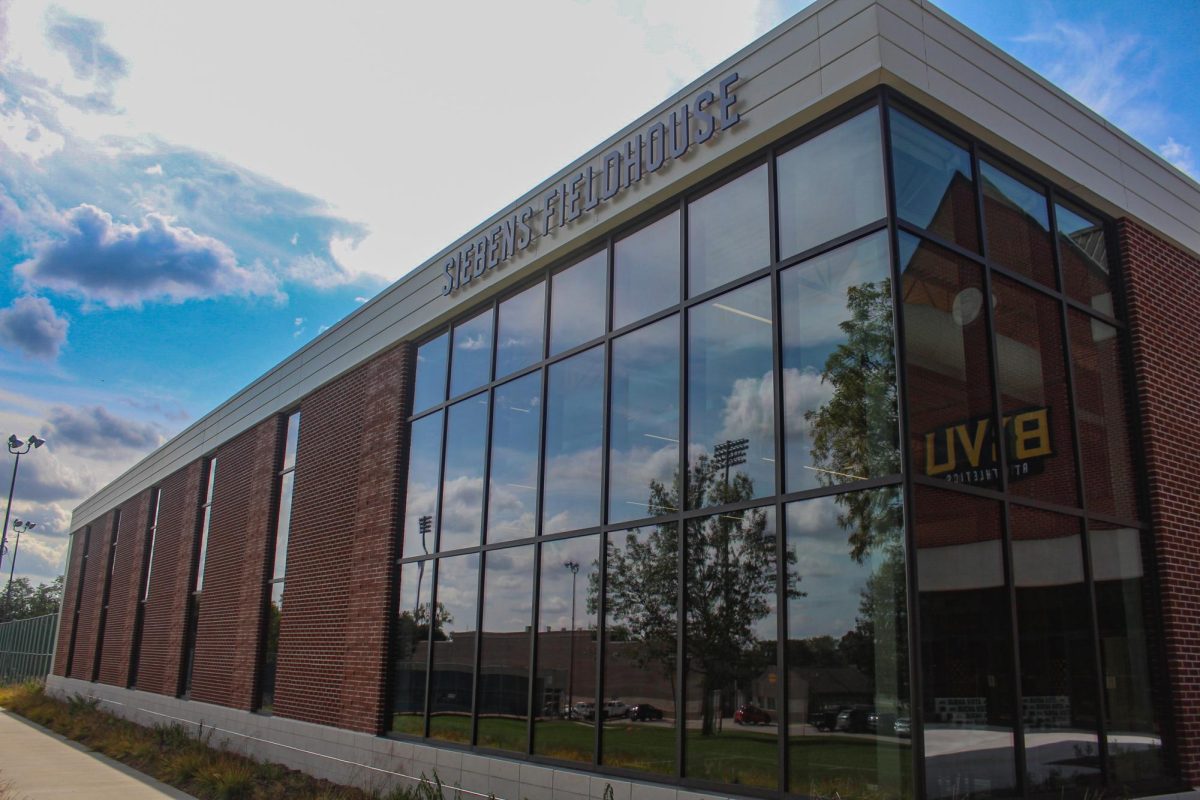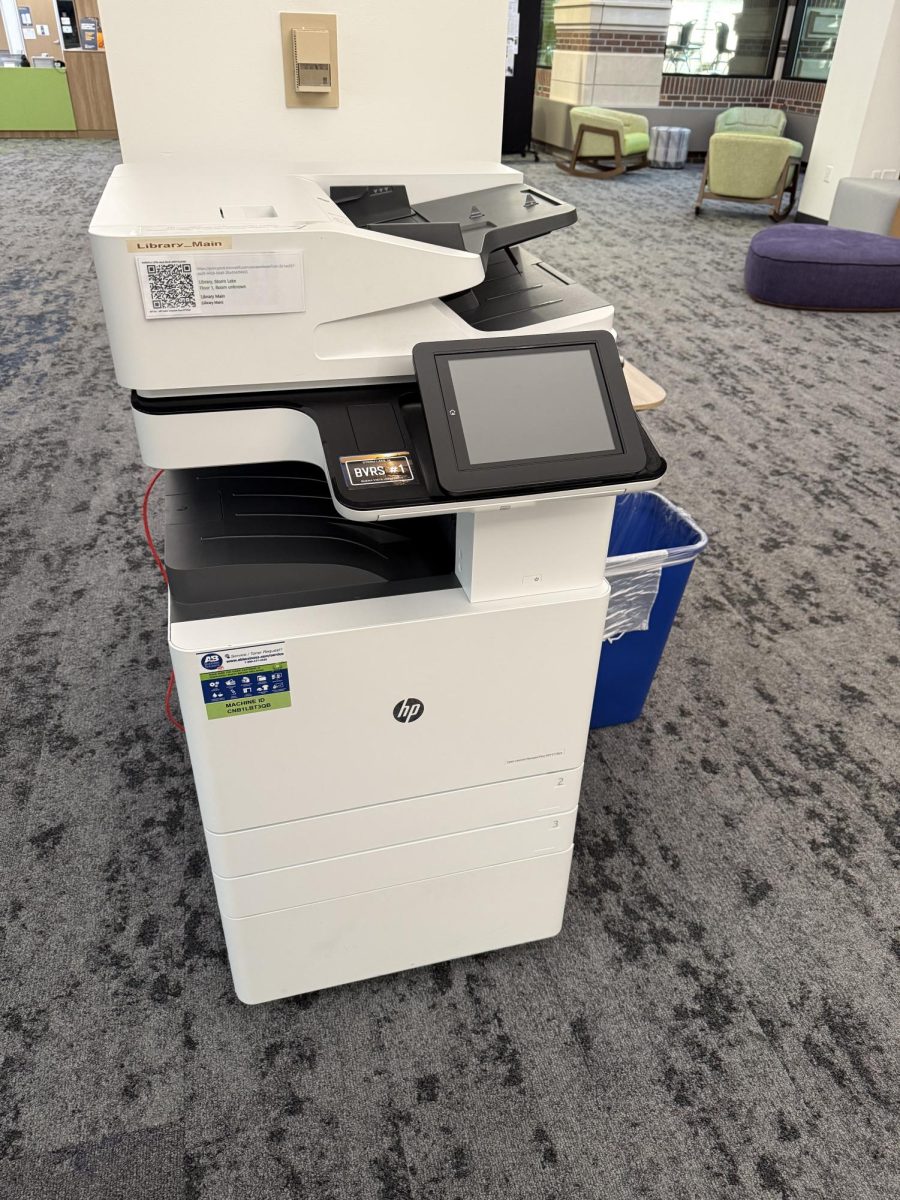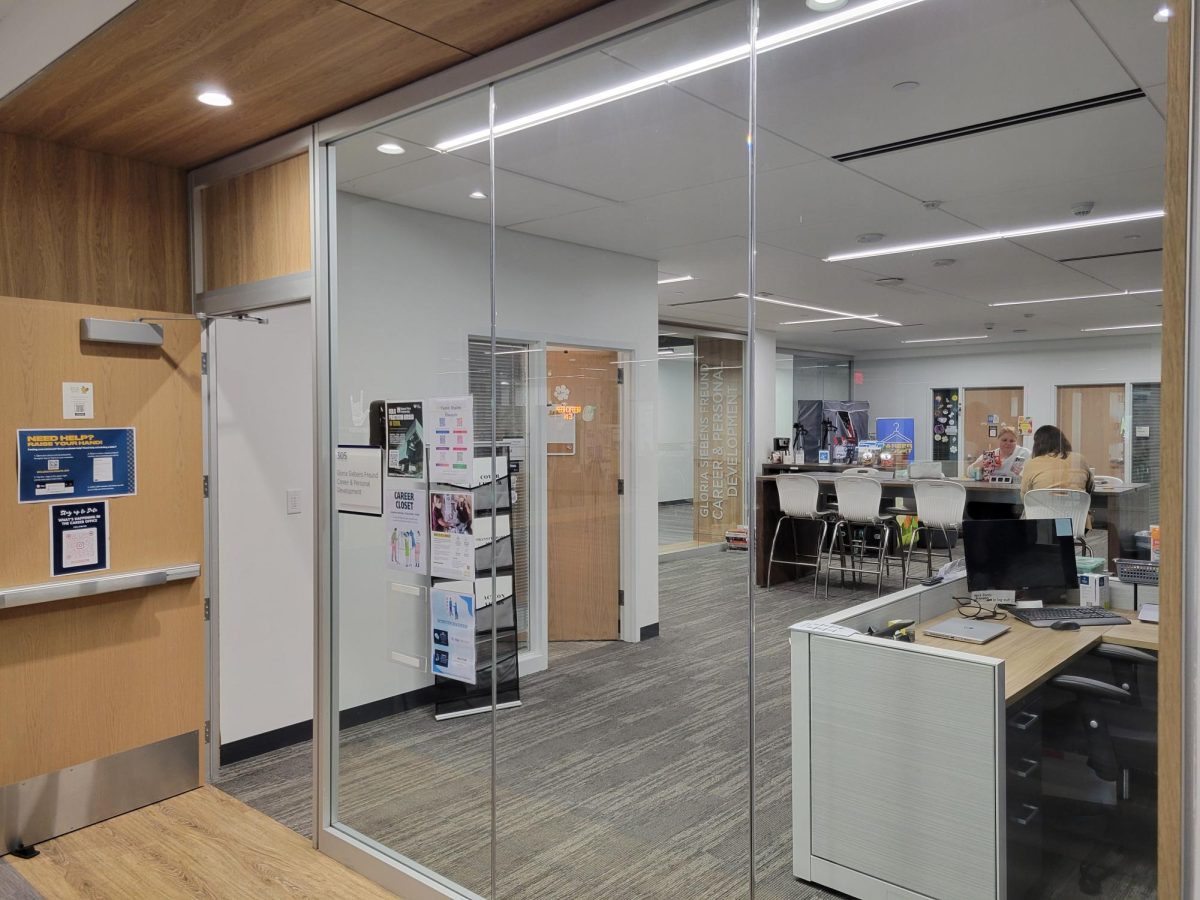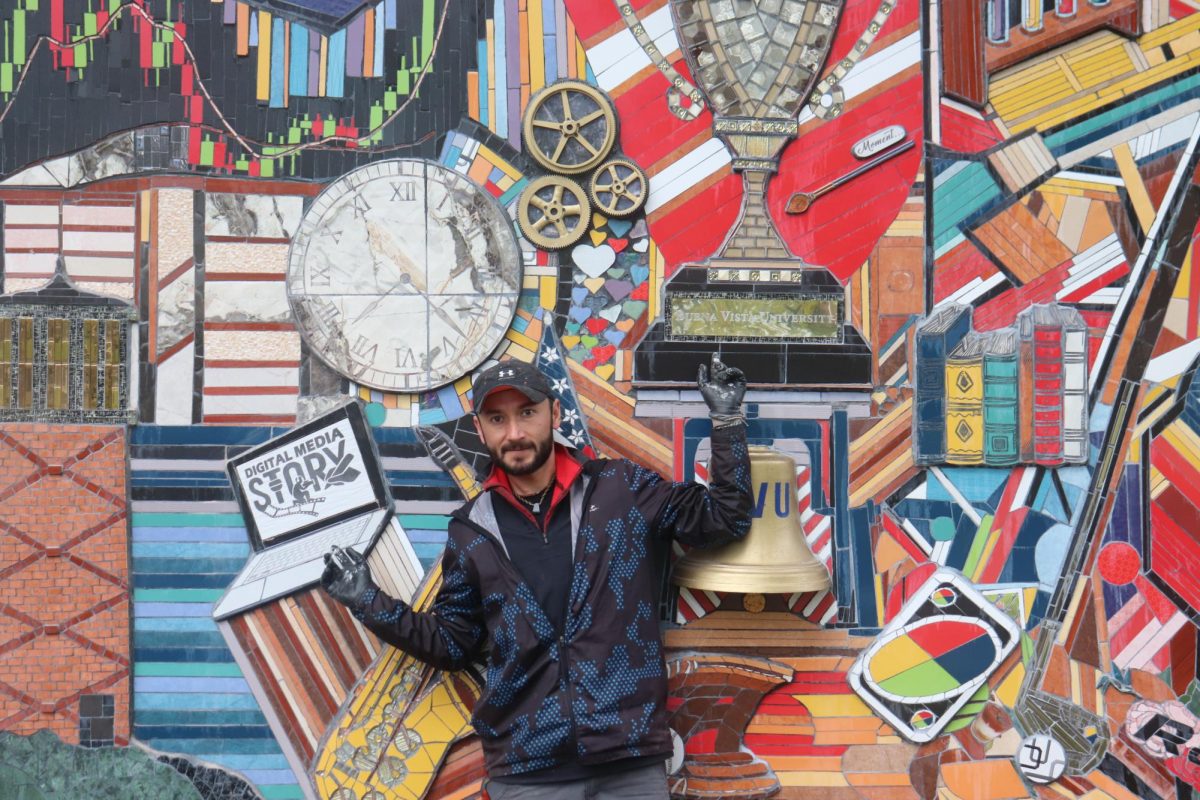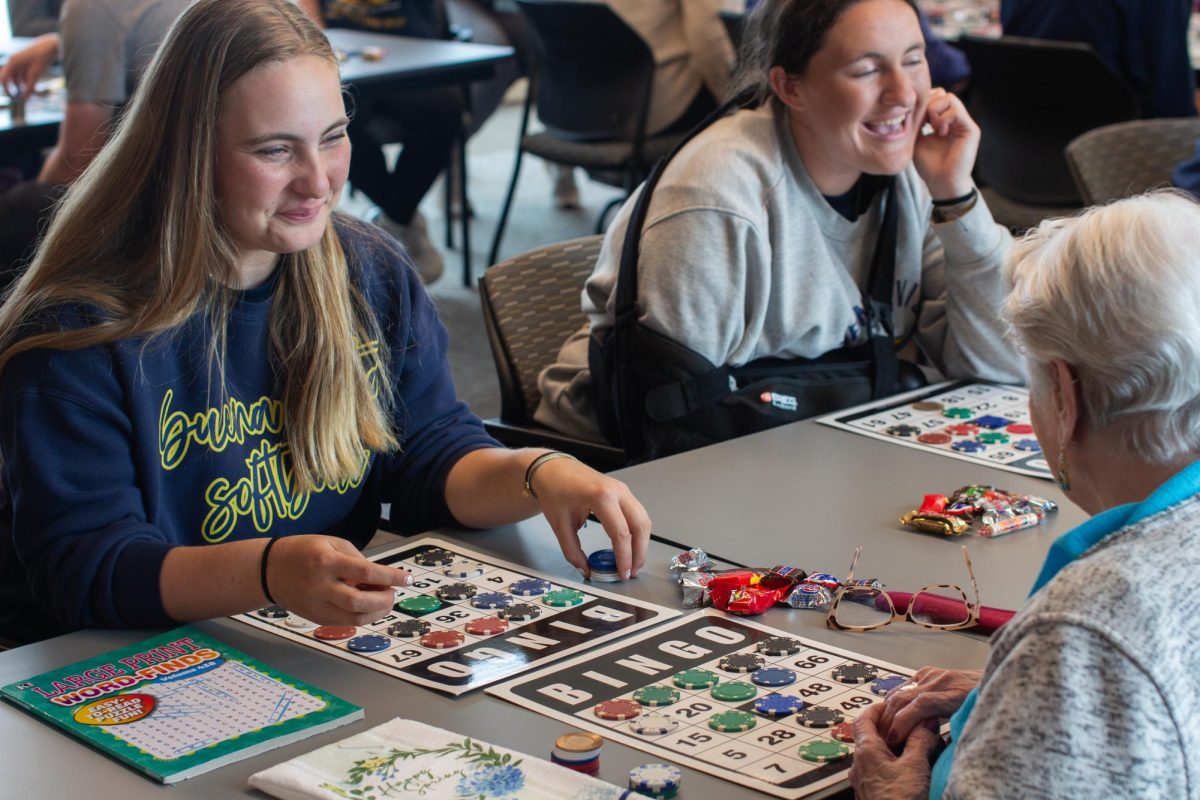Meghan Harmening | Staff Writer
Students at Buena Vista University (BVU) have many different opportunities to travel both internationally and domestically over January interim (J-term) and May term. Most, if not all, of these trips are offered as classes by professors; however, despite having the opportunities available to them, some students never find a trip that truly peaks their interest.
For the past two years, senior Jonathan Ehrlich has found other outside travel opportunities that appeal to him more than those offered by BVU. This year, Ehrlich has decided to embark on a journey that will take him to several cities in Nepal where he will have the opportunity to volunteer at different hospitals and clinics in the area.
“This past summer I began looking for opportunities similar to last year, and I found Nepal to be appealing because the educated population there speaks English. There is a great need for volunteers because their country has been politically and economically unstable,” Ehrlich said.
He has decided to recruit a few other students to join him on the adventure to Nepal. The volunteer organization they will be working with is Mountain Volunteer. Mountain Volunteer has many different opportunities to suit the interests of a variety of students. Within Nepal, there are four different programs students can choose from: pre-med, English and computers, social work, and community development. The ones Jonathan will be working closest with are the pre-med and community development programs.
Ehrlich will also get to be a part of the Global Health Internship program where he will be discussing the nature of how health is applied rather than just watching it in a clinical setting. By beginning to understand how health care is performed in Nepal, he can start to make comparisons to the United States’ health care system.
“[The trip] is not organized by a professor, but it is supported by faculty. We get lots of support for planning, internship credit, fundraising, etc. We develop with the professors an education curriculum for the trip. Our trip is almost exclusively work – very little tourism,” Ehrlich said.
Currently there are two students with reservations and intentions to travel for 44 days. There are two more students working on plans to travel for 22 days.
Conditions in Nepal are very different than those in the United States. The average temperature in January will range from 30 to 50 degrees Fahrenheit, and participants must walk nearly everywhere. Electricity is limited to six hours per day – some hospitals may have more consistent electricity, but rural clinics may not. Water usage is also limited in the winter months.
Erhlich’s most anticipated part of the adventure?
“I’m simply excited I will be walking across a suspension bridge to get to lunch every day,” Ehrlich said.
Graphic by Kyle Shade



